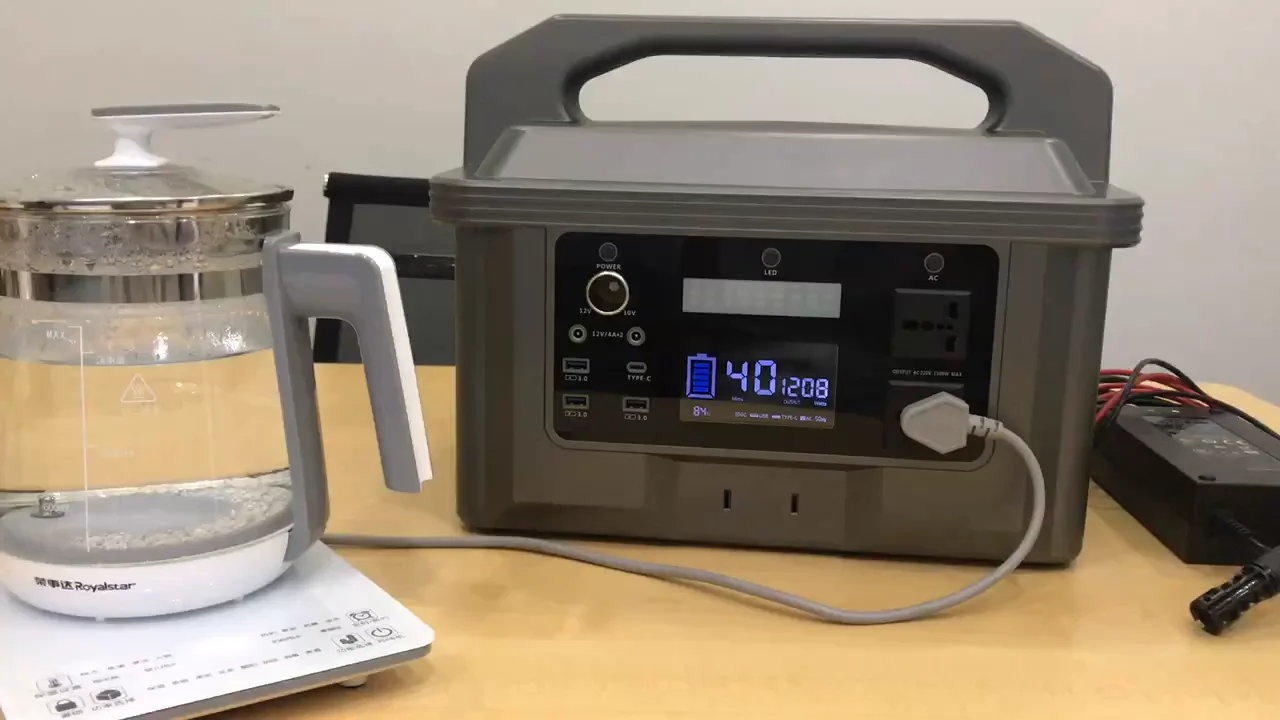
It provides a very slow way of charging vehicle batteries.

Level 1 EV charging equipment delivers standard household outlet current at 110 or 120 volts. Home-based charging equipment offers two distinct levels of power that ultimately determine the speed you're able to charge at.
#220 volts plug install#
Tesla owners can nevertheless choose to install an EV charger with a J1772 connector because the necessary adapter is provided with each car. It can shut down the charger in the event of an electrical short, power surge or any other malfunction.Īll EV carmakers and charging equipment manufacturers around the globe - with the exception of Tesla, which prefers to go its own way - have standardized the design of the EVSE plug universally called a J1772 connector. The EVSE is a communications and safety device that controls the charging current to keep the car's batteries from overheating. It's OK if you call it a car home charging station or an EV charger almost everyone does. That box with the colored lights, long cord and connector plug that you're installing is properly known as the electric vehicle supply equipment or EVSE. In almost all cases, the charger isn't actually the thing you are going to buy and hang on the wall of your garage or carport. What exactly is an EV charger (EVSE)?įirst up, there's some lingo to know. Here we're going to give you the rundown on home charging and what sort of setup will suit your needs. Now, if you don't live in a place where you can access or install an EV charger, that's another issue for another article.

But unless you're taking a road trip, you can fill up your electric vehicle every night from the comfort of your own home. One of the greatest advantages of owning an electric vehicle (EV) is never having to stop at another gas station - apart from buying snacks or needing a bathroom break.


 0 kommentar(er)
0 kommentar(er)
